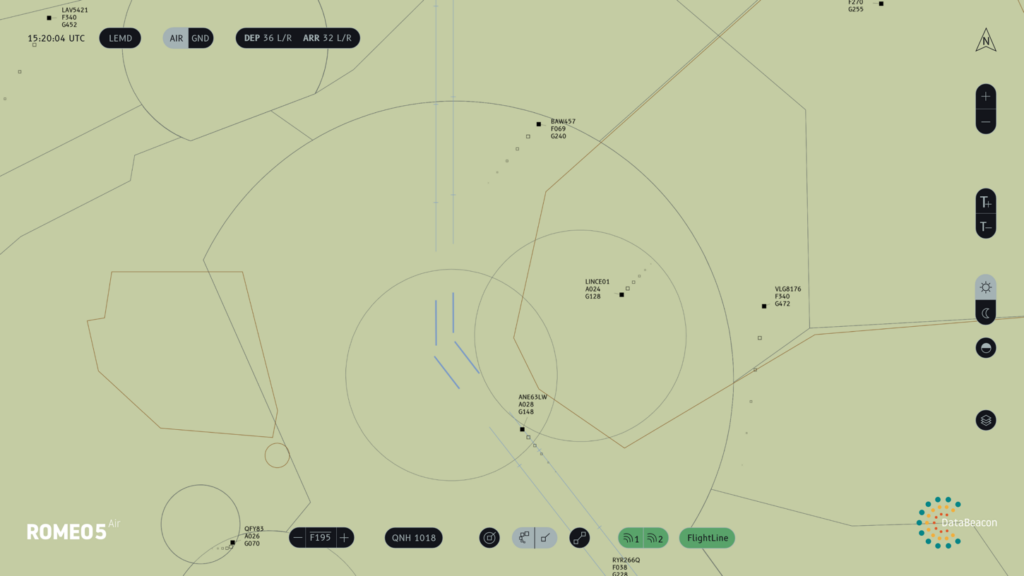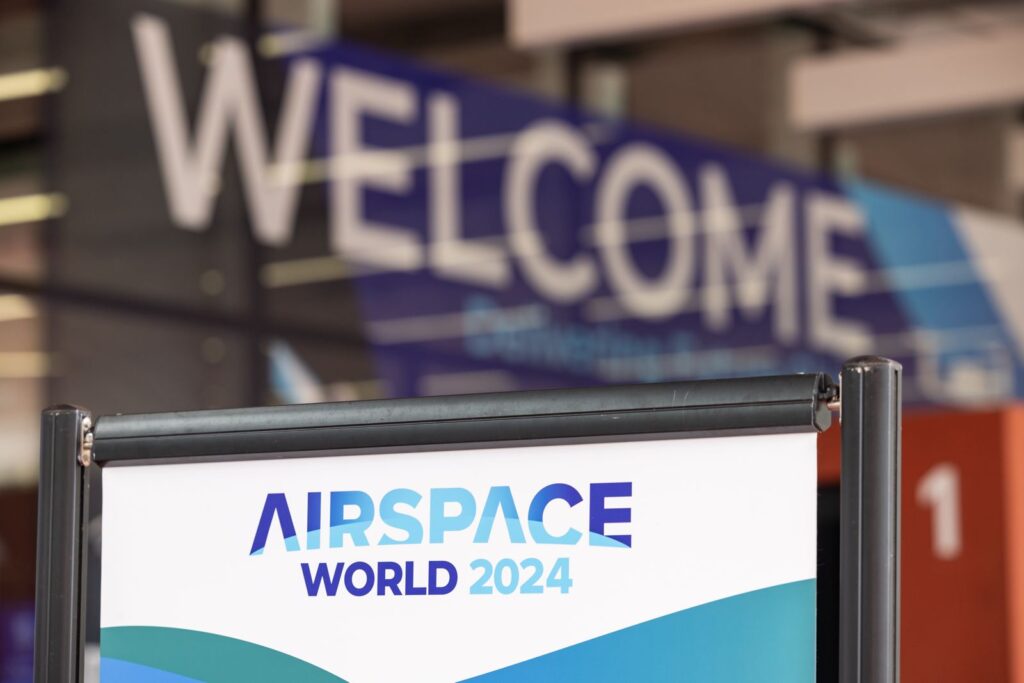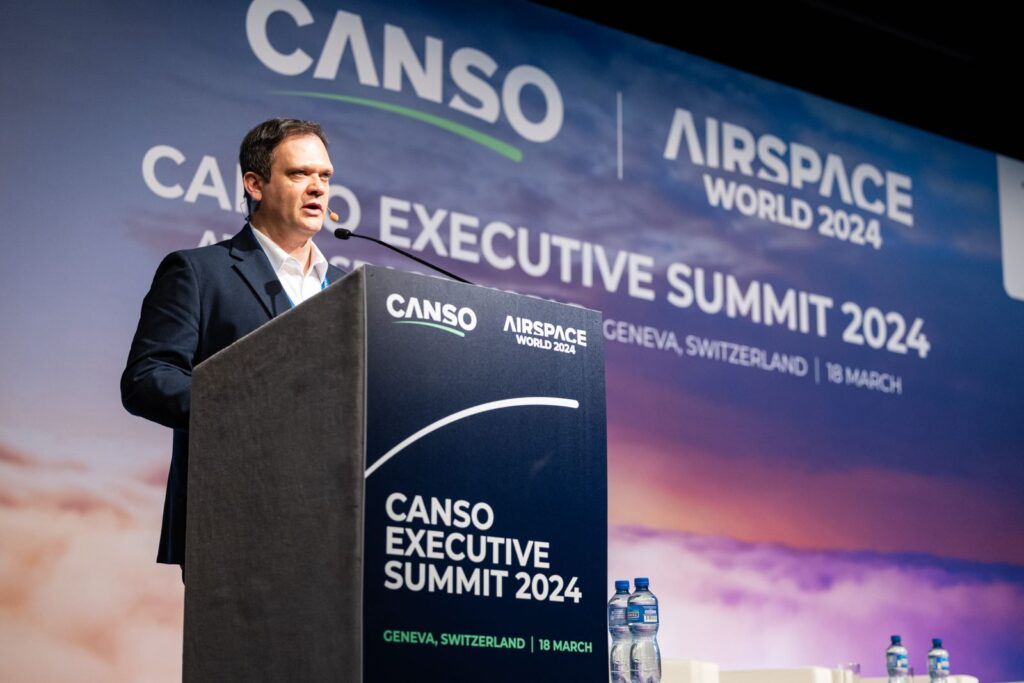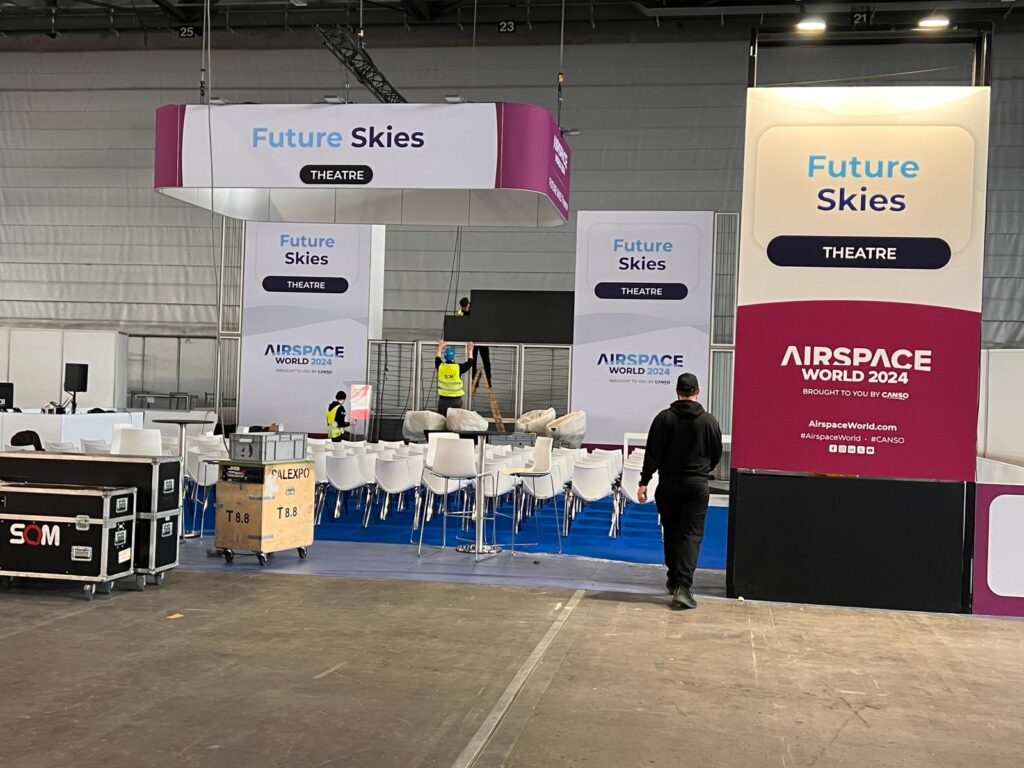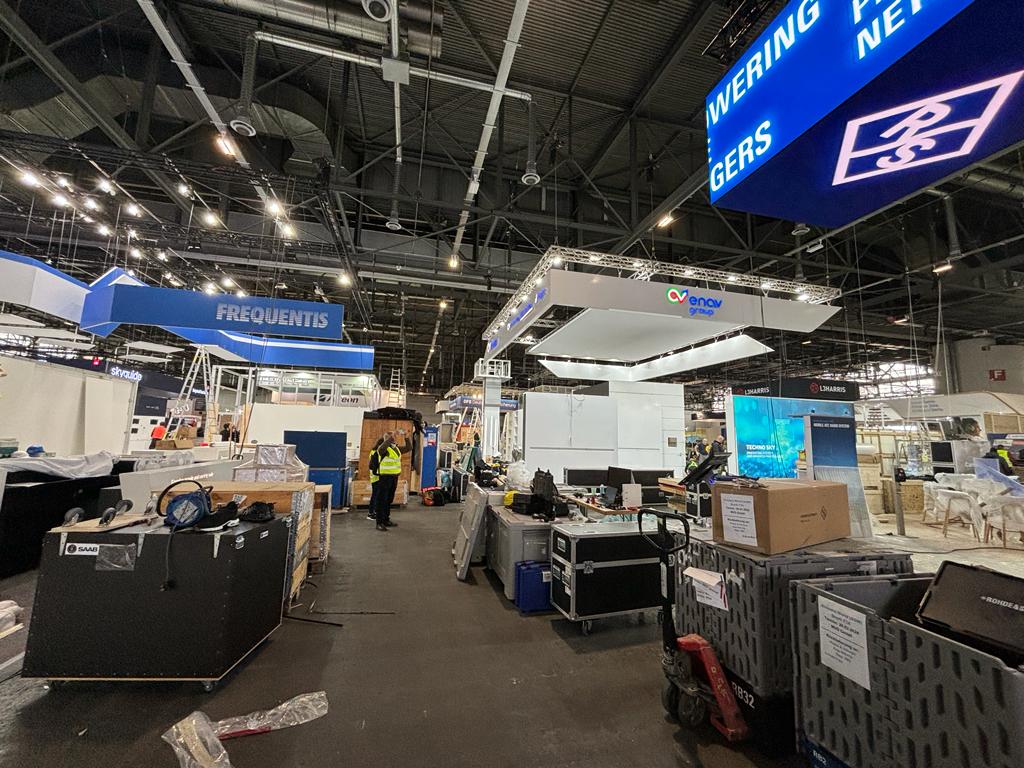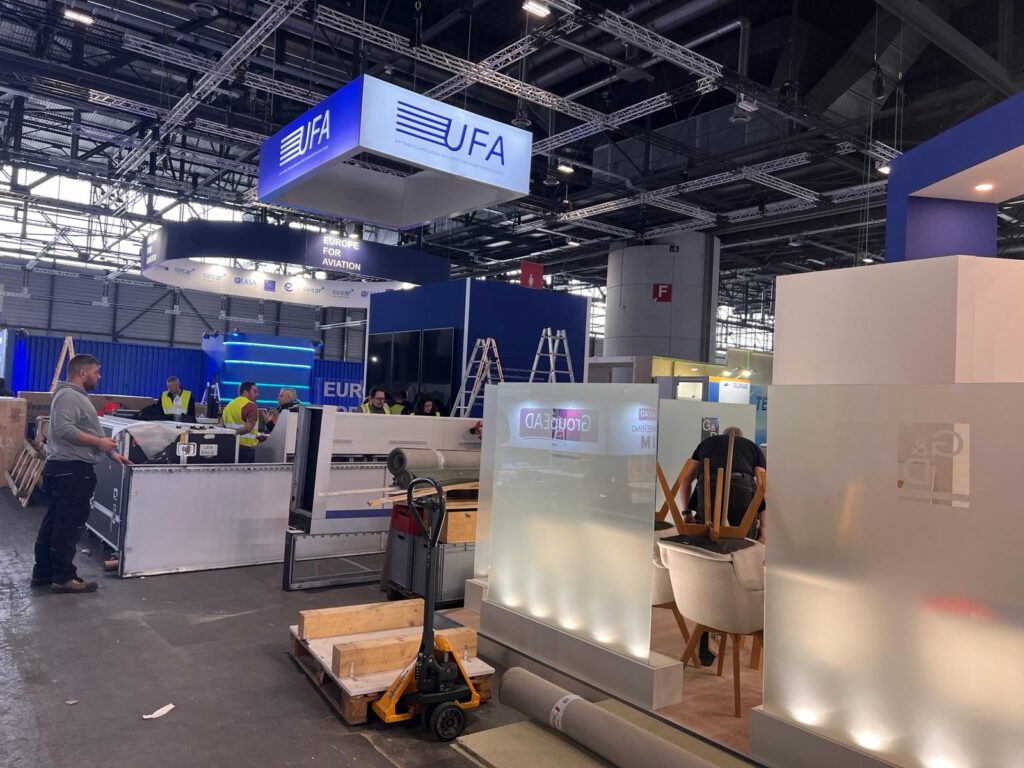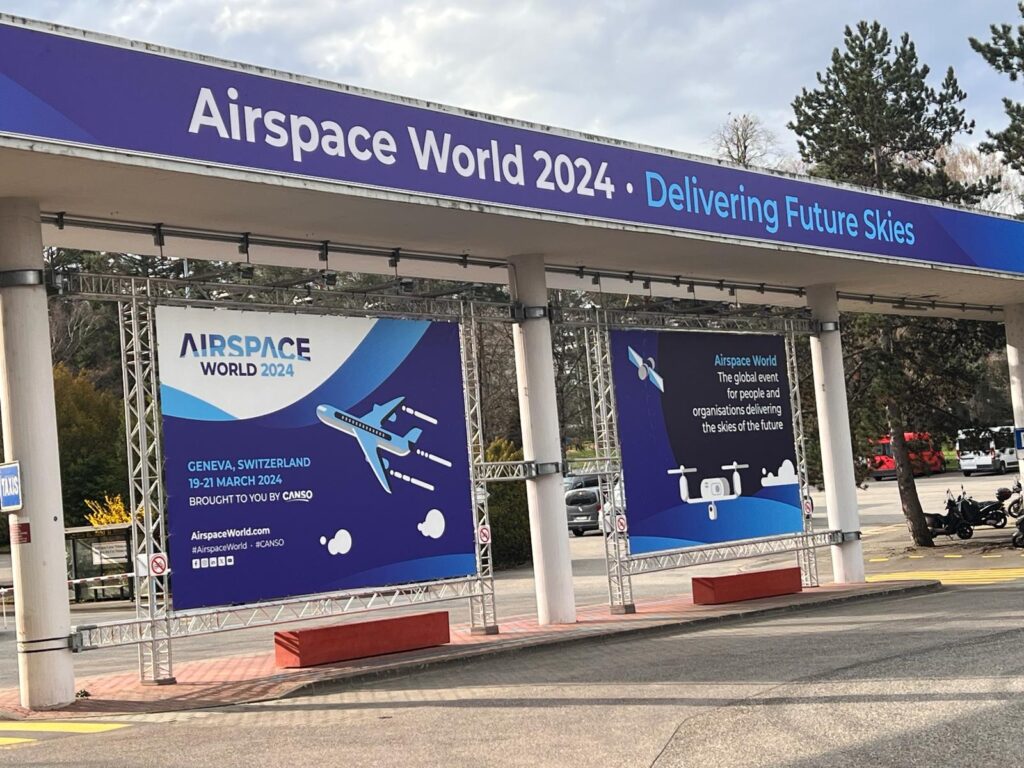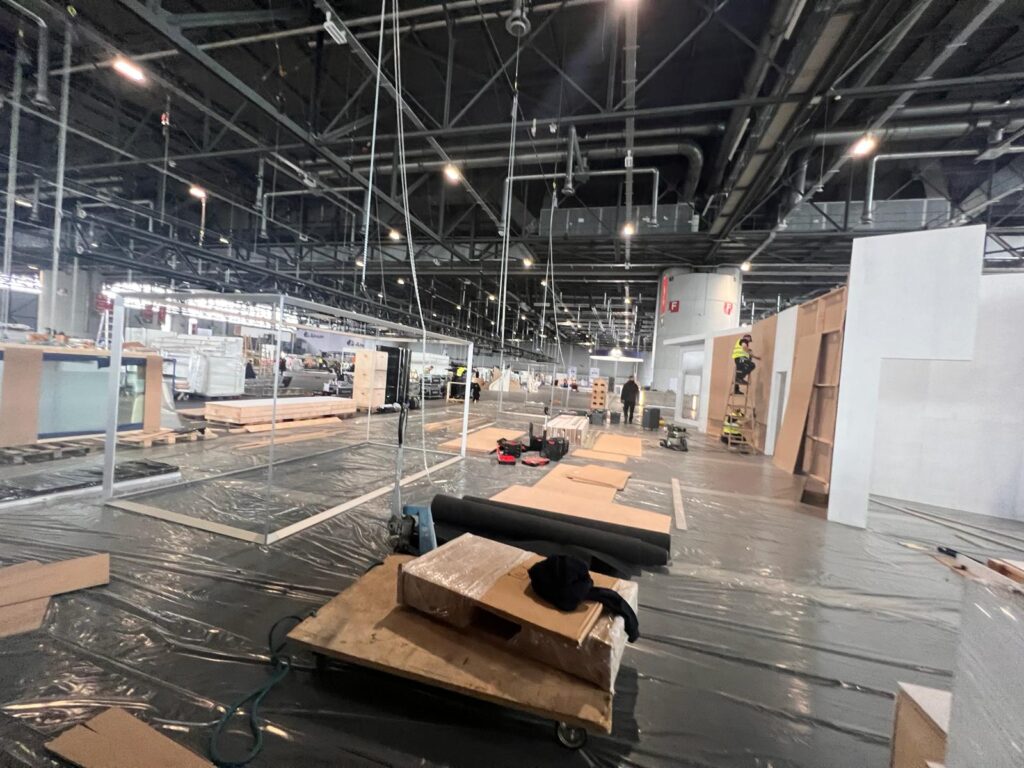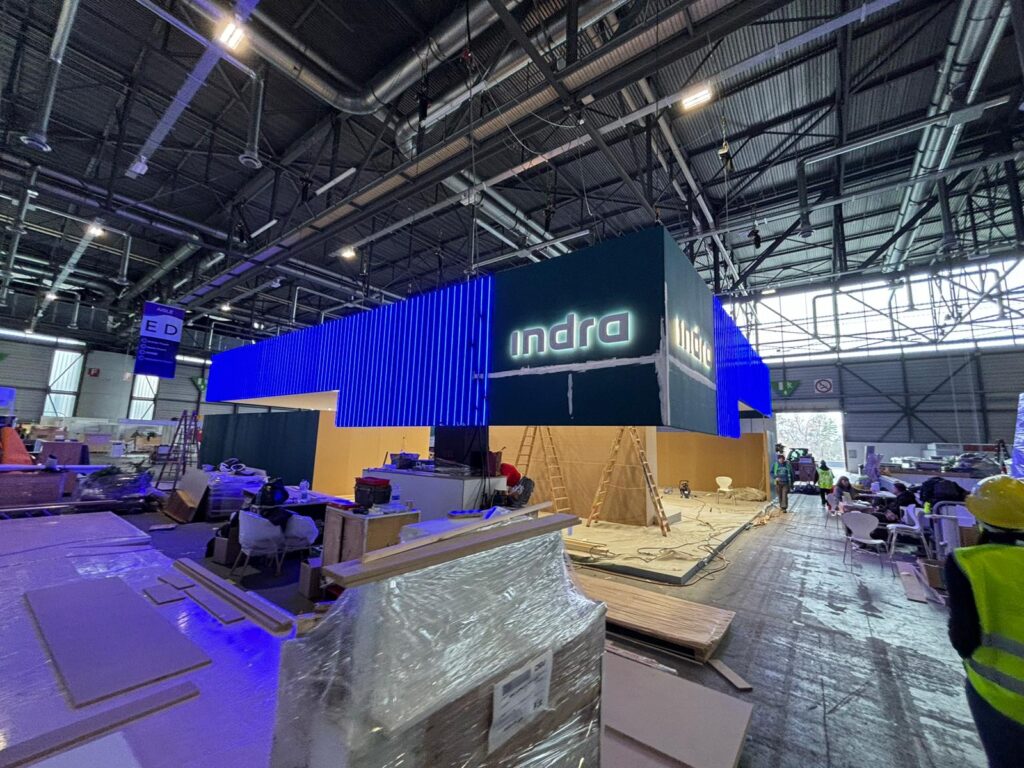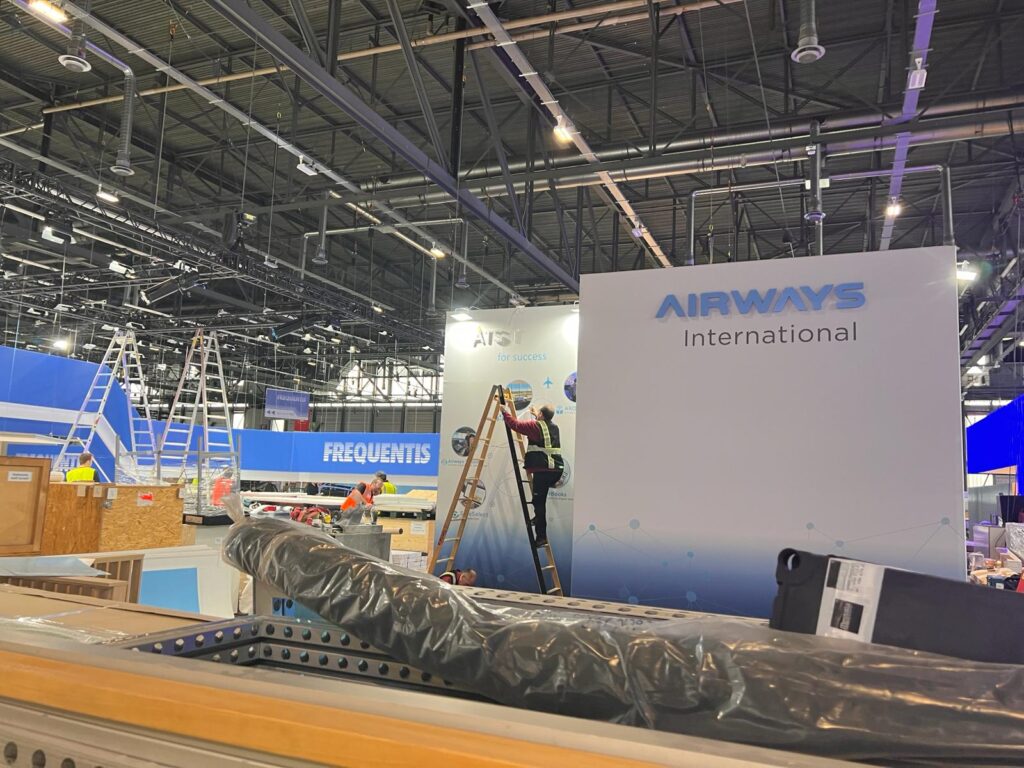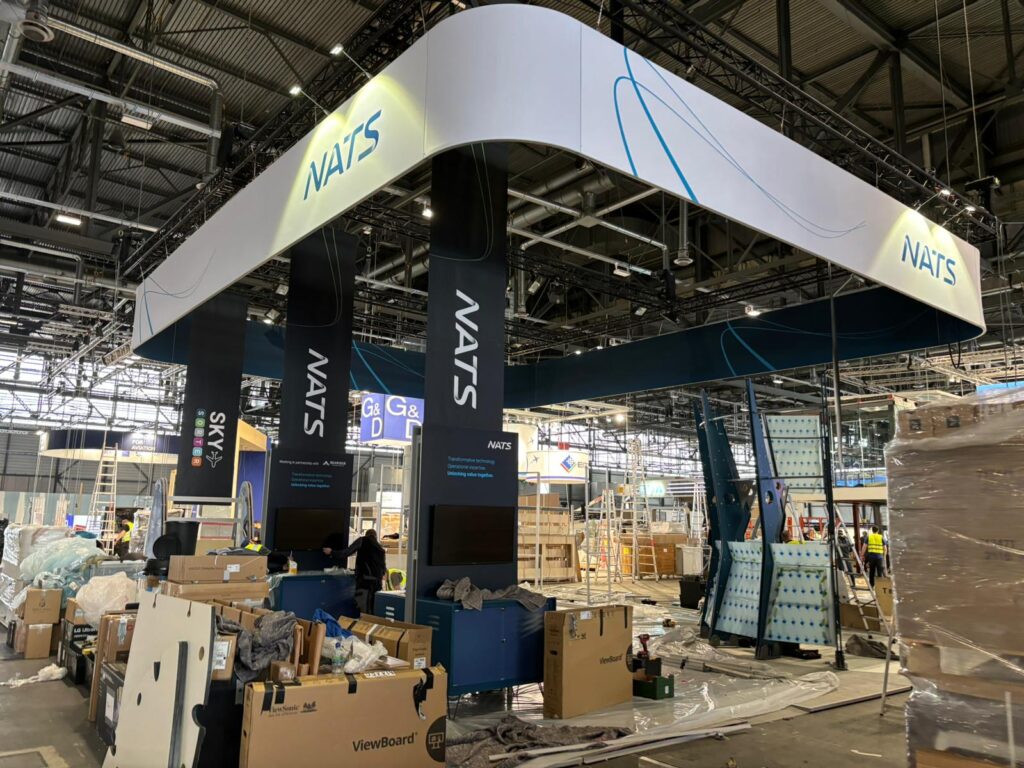The Future of Urban Air Mobility and Urban Airspace
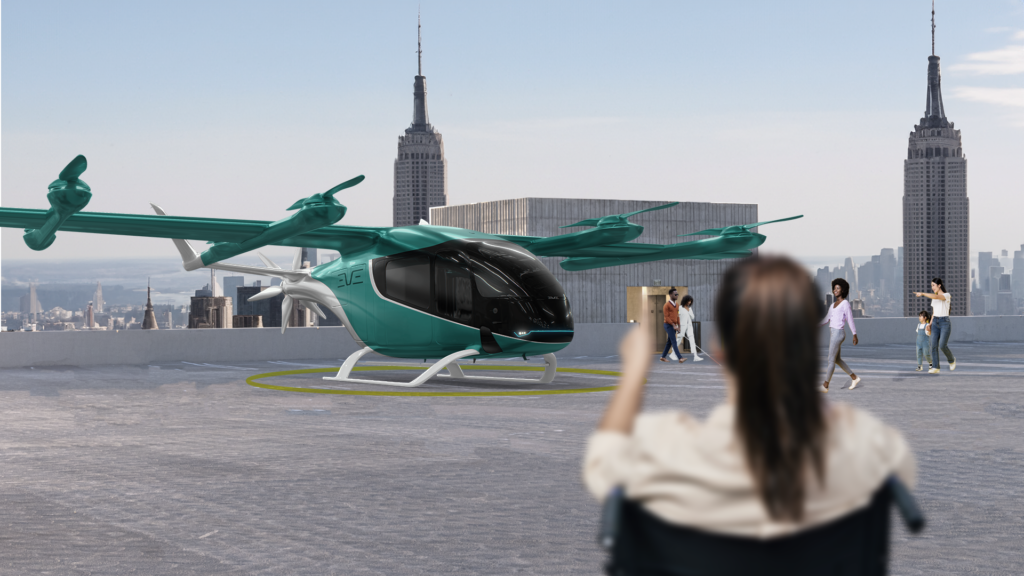
The introduction of electric vertical take-off and landing (eVTOL) aircraft will create a new, exciting market for Urban Air Mobility (UAM). Very soon, we will see eVTOLs providing air taxi services for passengers and cargo in metropolitan areas around the world. UAM is expected to become a mainstream mode of transportation in certain locations as operations scale and mature.
Several airspace and Air Traffic Management (ATM) challenges must be addressed to support the introduction and growth of UAM in a globally harmonised way. Urban aircraft operations will increase in tempo, density, and complexity, with more flights and shorter turnaround times. It will be necessary to solve the unique ATM issues associated with battery-powered, piloted, passenger-carrying operations. In addition, ground infrastructure will evolve to accommodate this new environment, with multiple vertiports operated by different organisations serving multiple fleet operators.
While initially piloted, a diverse range of eVTOL aircraft will enter service over the next 10 to 15 years. UAM’s increased use of airspace will coincide with the rise of other users like Uncrewed Aircraft Systems (UAS) in urban skies. We will eventually transition to both piloted and uncrewed electric aircraft, integrating with existing airspace users and drones. Ultimately, the urban airspace will comprise a mix of piloted, remotely piloted, and autonomous aircraft of varying sizes, propulsion systems and payloads.
In some locations, existing airspace management and ATM approaches will be insufficient to handle future urban airspace demands. A more advanced approach is needed to safely scale operations, agnostic to the aircraft type, and ensure fair and equitable airspace access. The evolution of ATM in the urban environment must support existing and new airspace users, including piloted and uncrewed aircraft operations. New ATM services will likely incorporate UAS Traffic Management (UTM) concepts, tailored for urban airspace and all airspace users.
The first eVTOL UAM operations will follow Visual Flight Rules, with Instrument Flight Rule operations anticipated soon after. While an eVTOL can operate within the existing airspace and ATM framework without significant changes, introducing UAM-specific ATM services early is highly beneficial. They can support the launch of eVTOL operations and help prepare for scale, so planning must commence now for these types of services. Therefore, Eve is working on these solutions with a wide range of industry stakeholders and partners.
The complexity of integrating new urban airspace operations with existing aircraft requires more advanced ATM services compared to other airspace segments. Therefore, a specific concept focused on urban airspace is a crucial priority for the industry.
The implementation of Urban ATM concepts must be harmonised globally. Aircraft Original Equipment Manufacturers (OEMs) and operators will likely develop and operate aircraft in many different countries. Like traditional ATM, common global approaches will be needed to enable technology integration and ensure investment in UAM can be made effectively. UAM Ecosystem stakeholders will need a shared vision of how ATM will evolve to support UAM in the short, medium and long term.
Eve believes an agnostic approach to managing traffic is needed for operations to scale safely. The company advocates for an agnostic Urban ATM concept supporting fair and equitable airspace access through participation in standards bodies and industry associations and discussions with aviation authorities.
Tomorrow, we will introduce our work on Urban ATM as an approach to address the integration of all airspace users in the urban environment.
For more information, visit us at the Atech stand F22.
About the author
Rob Weaver is the Urban ATM Global Business Development Lead for Eve Air Mobility, the Embraer backed start-up dedicated to accelerating the global UAM ecosystem. He also leads Entry Into Service planning for Eve’s eVTOL aircraft in Australia.
Rob has worked with Embraer-X and Eve on new ATM concepts to support UAM since 2018. Previously he was Executive General Manager Safety, Environment & Assurance at Airservices Australia, where he was a member of the Executive for six years. He has also worked for the UK’s Air Navigation Service Provider and holds a PhD in safety critical systems from the University of York.






